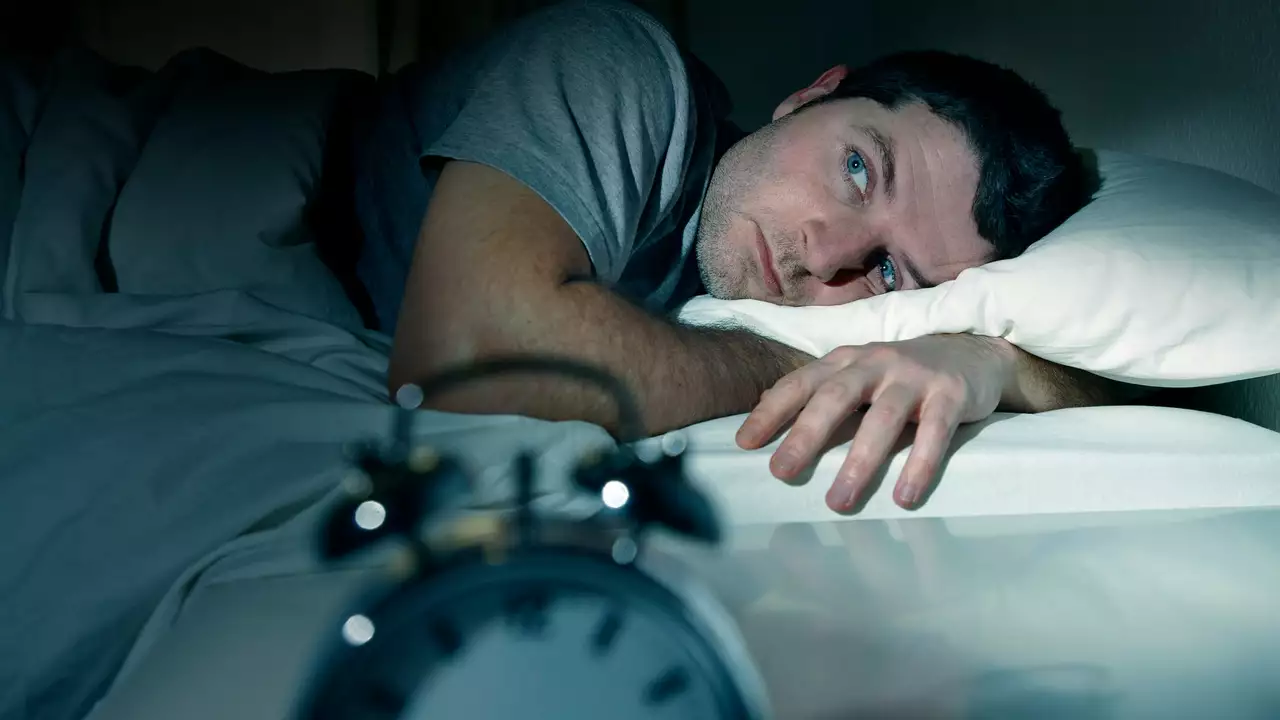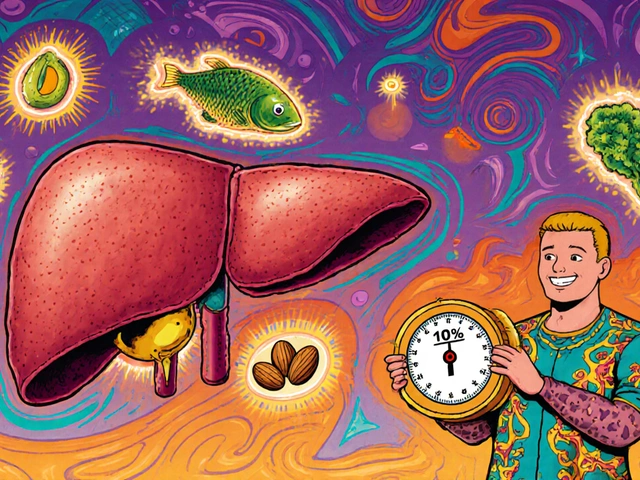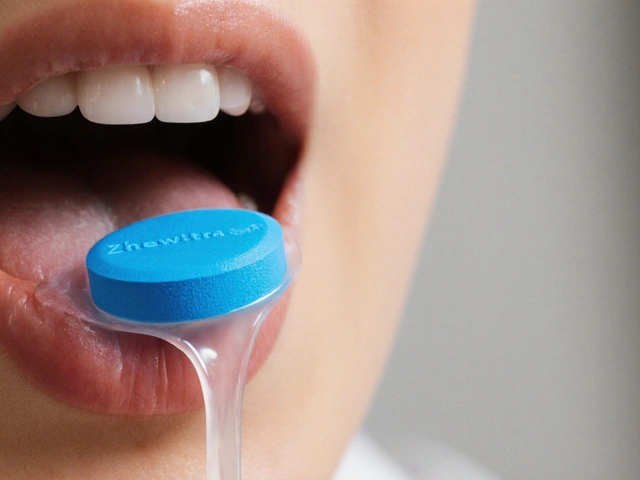Sleep Aids: Easy Ways to Get Better Rest Tonight
If you’ve tossed and turned all night, you’re not alone. Millions of people reach for a sleep aid at some point, but not every option fits the same needs. In this guide we break down the most common over‑the‑counter (OTC) and prescription choices, explain how they help you fall asleep, and give practical safety tips so you can use them without surprise side effects.
Common Types of Sleep Aids
The market is crowded, but most sleep aids belong to a few basic groups. Antihistamines like diphenhydramine (found in Unisom) block histamine and make you drowsy. They’re cheap and easy to buy, but they can leave you feeling groggy the next day.
Melatonin supplements mimic the hormone your body releases at night. They’re best for shift workers or travelers dealing with jet lag because they reset your internal clock rather than force sleep.
Prescription sedatives such as zolpidem (Ambien) or eszopiclone (Lunesta) target brain receptors to speed up the sleep process. Doctors usually reserve them for chronic insomnia, and you’ll need a valid prescription to get them.
If anxiety keeps you awake, benzodiazepines like lorazepam can calm nerves, but they carry higher risk of dependence. For people who need a non‑habit‑forming option, doctors may suggest low‑dose antidepressants such as trazodone.
Each class has pros and cons. Antihistamines are handy for occasional use; melatonin works well when your sleep schedule is off; prescription pills give the strongest effect but need close medical supervision.
How to Use Sleep Aids Safely
First, treat any sleep aid like a medication, not a snack. Read the label for dosage and timing—most OTC products work best when taken 30 minutes before you plan to go to bed.
Avoid alcohol while taking sedatives. Mixing the two can deepen drowsiness and increase breathing problems, especially with prescription pills.
Watch out for drug interactions. If you’re on antidepressants, antihistamines, or blood thinners, check with a pharmacist before adding a sleep aid.
Don’t rely on sleep aids every night. Your body builds tolerance, which means you’ll need higher doses for the same effect—something you want to avoid.
Instead, pair the medication with good sleep hygiene: keep the bedroom cool, limit screen time an hour before bed, and stick to a regular bedtime routine. Even a short walk after dinner can help your body wind down naturally.
If you notice persistent side effects—like daytime fog, vivid dreams, or trouble waking up—talk to your doctor right away. They might adjust the dose or suggest a different medication.
For occasional insomnia, an OTC antihistamine or a low‑dose melatonin can be enough. For chronic problems, schedule a telemedicine visit (many platforms on our site offer safe prescriptions) and get a personalized plan.
Bottom line: pick the right type for your situation, follow dosing instructions, avoid alcohol, watch interactions, and back up any medication with solid sleep habits. That combo gives you a better chance of waking up refreshed without unwanted side effects.
Trazodone vs. Other Sleep Aids: A Comparison
In my latest blog, I delve into a detailed comparison between Trazodone and other sleep aids. Trazodone, originally an antidepressant, has recently gained popularity as a sleep aid, but how does it stack up against other options? We'll explore its effectiveness, side effects, and how it works differently from other sleep aids. Additionally, we'll discuss the benefits and drawbacks of using Trazodone as a sleep aid compared to traditional options. It's crucial for those struggling with sleep issues to fully understand their options, so join me as we navigate this important topic.






